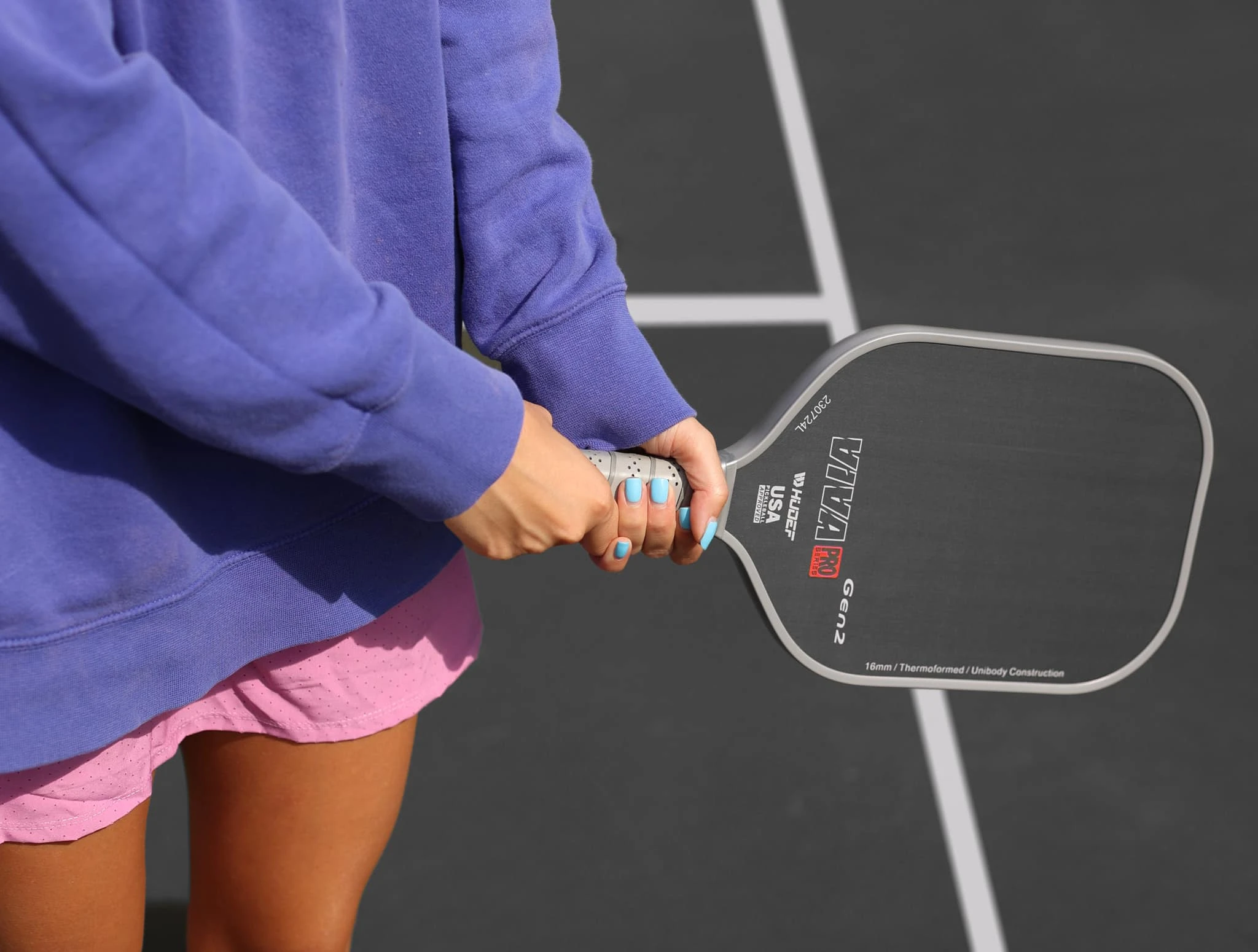
You want the Best Low Speed Indoor Pickleball Balls Practice for easy and steady play. Top choices like GAMMA Photon, Wilson Tru 32 Pro, and hudef give the same bounce every time, last a long time, and are easy to see. The table below shows popular indoor pickleball balls that players trust for practice games:
|
Ball Model |
Hole Count |
Key Features & Suitability |
|---|---|---|
|
GAMMA Photon Indoor |
26 |
Feels lively, strong, best for practice pickleball on wood floors |
|
Wilson Tru 32 Pro |
32 |
Slower speed, lasts long, bright color for easy tracking |
|
hudef |
26 |
Same bounce each time, strong, easy to see for indoor pickleballs |
Key Takeaways
-
Pick soft and light indoor pickleball balls. These balls have big holes and bright colors. They help you control the ball better. The bounce stays steady. You can see them easily when you practice.
-
Use low speed balls made from softer plastics. These balls slow down the game. They make less noise. You can practice longer rallies. Your shots get more accurate.
-
Take care of your balls the right way. Keep them in a cool and dry place. Clean them often. Switch between new and used balls. This helps them last longer.
Best Low Speed Indoor Pickleball Balls Practice
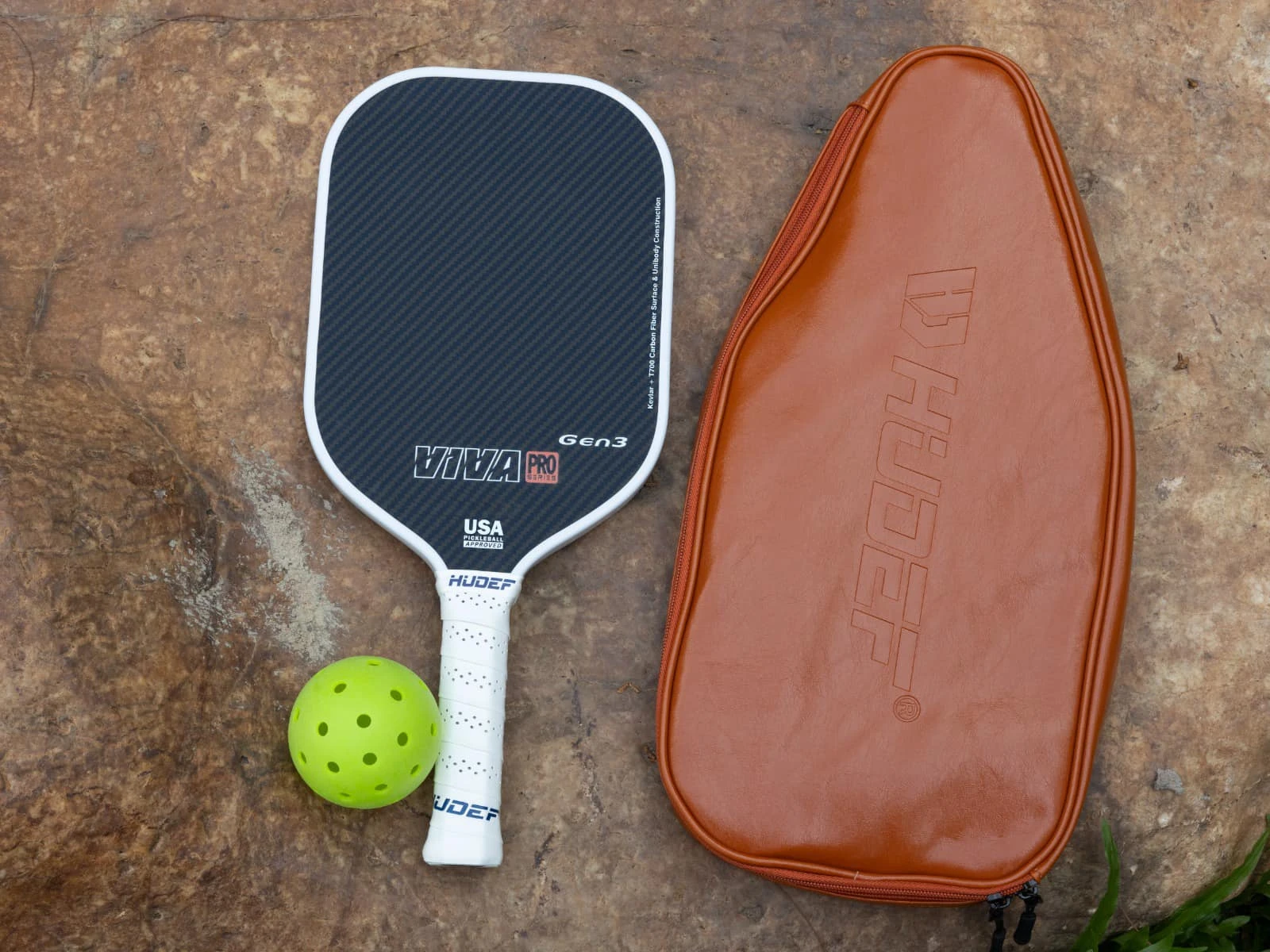
Top Picks Overview
If you want the best low speed indoor pickleball balls practice, you need balls that help you learn and play longer games. Coaches and players like these balls for training:
-
GAMMA Photon Indoor Ball: This ball is strong and not too fast. Many people use it in gyms and centers. It feels lively and is good for practice.
-
Wilson Tru 32 Pro: This ball has 32 holes and moves slowly. It is soft and easy to control. Many new and middle-level players use it for best low speed indoor pickleball balls practice.
-
Franklin X-40: Coaches and clubs pick this ball because it is soft and lasts a long time. It helps you control the ball and play longer games, even when it is cold inside.
-
hudefsport Indoor Ball: This ball bounces the same way every time and is strong. Its bright color makes it easy to see when you practice.
-
Foam and Quiet Balls (Jugs, Gamma Photon Quiet): Foam balls like Jugs and quiet ones like Gamma Photon Quiet are good for places where noise is a problem. They bounce softly and help you train without loud sounds.
Tip: If you want a quiet place to practice or need more control, try foam or soft plastic balls. These balls help you work on your skills without loud noise.
Why These Balls Stand Out
The best low speed indoor pickleball balls practice can fix problems like bad bounce, hard-to-see colors, and balls that break fast. Each ball in the list has special things that help you train:
|
Brand/Model |
Unique Features |
Best For |
|---|---|---|
|
GAMMA Photon Indoor |
Bounces the same every time, made of two parts, works well on tile floors |
Steady practice, quiet games |
|
Wilson Tru 32 Pro |
Has 32 holes for slow speed, soft feel, bright color |
New players, control practice |
|
Franklin X-40 |
Soft plastic, strong, easy to control, works in cold places |
Clubs, long games, practice |
|
hudefsport Indoor |
Bounces the same, strong, easy to see |
Steady practice, easy to track |
|
Jugs (Foam/Soft) |
Soft bounce, quiet, easy to control, bright color |
Quiet practice, skill building |
Indoor pickleball balls are made from soft plastic called low-density polyethylene. This plastic soaks up more energy when you hit the ball. It gives you a steady and easy-to-predict bounce. The big, even holes (26 or 32) help the ball fly straight. You get less wobble and better shots when you practice.
These balls are lighter than outdoor balls. The light weight keeps the speed slow and helps you play longer games. Bright colors like yellow or green make the balls easy to see on indoor courts. This helps you follow the ball, even if the lights are not bright.
Foam and quiet balls, like Jugs and Gamma Photon Quiet, bounce softly and do not make much noise. Many people use these balls to practice in quiet places. They also help you work on control and aim, which are important for learning new skills.
Note: Using the right ball for your indoor court helps you train the same way every time. You will not have to change your timing or power, so you build good habits.
To get the best low speed indoor pickleball balls practice, pick balls that fit your training. Look for balls that bounce the same, are strong, and are easy to see. These things help you practice longer, get better, and have more fun.
What Makes a Ball Low Speed
Key Features
A low speed pickleball ball helps you control your shots. It also gives a steady bounce. These balls are different from outdoor balls because of their materials and design. The table below shows how they are not the same:
|
Physical Property |
Indoor (Low Speed) Pickleball |
Standard Outdoor Pickleball |
|---|---|---|
|
Material Type |
Softer plastics such as TPE or Low-Density Polyethylene (LDPE) |
Harder plastics like High-Density Polyethylene (HDPE) or Polypropylene (PP) |
|
Shore D Hardness |
Approximately 40-50 (softer, spongier) |
Approximately 60-83 (harder) |
|
Number of Holes |
26 holes |
40 holes |
|
Hole Diameter |
Larger holes, about 0.43 inches diameter |
Smaller holes, about 0.282 inches diameter |
|
Weight |
Lighter, around 0.917 ounces |
Slightly heavier, around 0.925 ounces |
|
Durability |
More durable indoors due to softer, elastic materials; less prone to cracking |
Less durable outdoors; harder plastics prone to cracking and splitting |
|
Performance Impact |
Slower speed and more drag on indoor courts |
Faster speed, designed for outdoor conditions (wind, rough surfaces) |
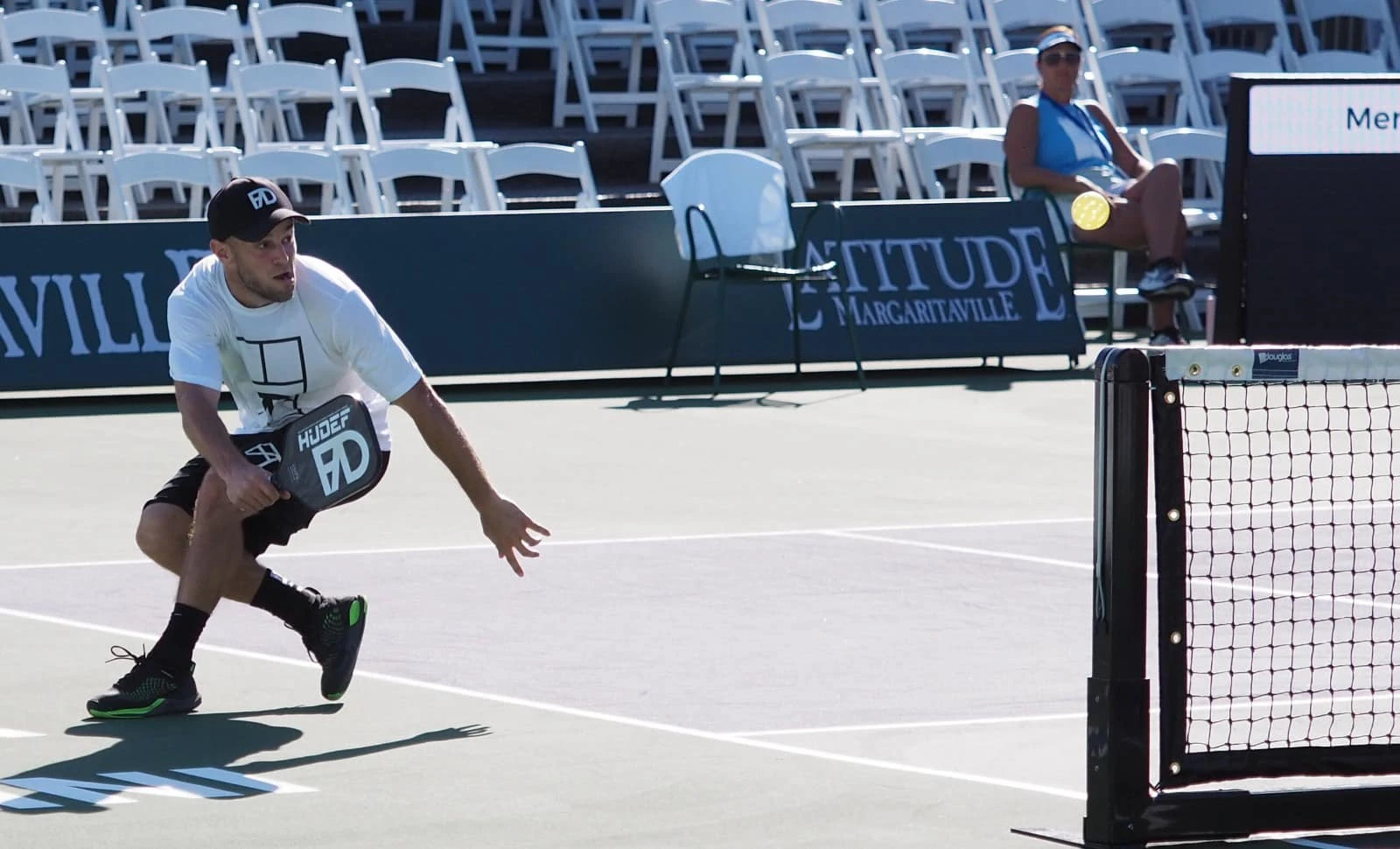
Indoor pickleball balls use softer plastics like TPE. This makes the ball feel soft and not too bouncy. The 26 big holes let more air go through. This slows the ball down. The ball is lighter, so it does not move too fast. All these things make the ball easier to control and slower when you play.
Benefits for Indoor Play
When you play pickleball inside, you need a ball that fits the court and your skills. Low speed indoor balls have many good points:
-
You can control the ball better because it is soft and light.
-
The big holes slow the ball, so rallies last longer.
-
Softer plastic means the ball bounces less and is quieter, so you can focus.
-
Bright colors help you see the ball, even if the lights are dim.
-
The slow speed lets you practice new shots and get better at playing.
Tip: Pick a low speed indoor pickleball ball if you want to practice in a quiet place and get better at the game.
Best Pickleball Balls: Brand Comparison
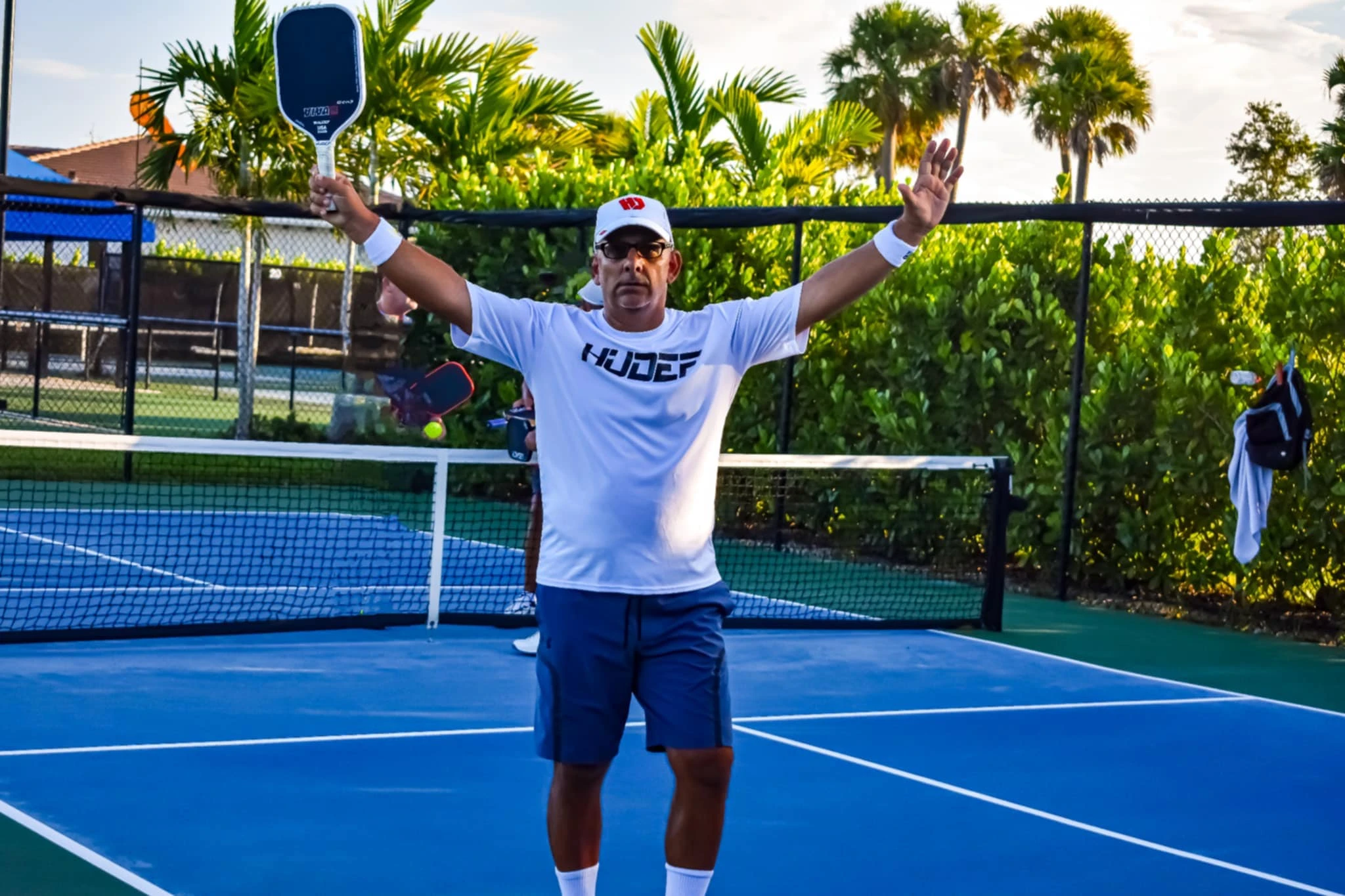
Performance and Durability
When you pick indoor pickleball balls, you want them to bounce the same way every time and last a long time. Different brands like Gamma, Onix, and foam balls have special things about them. The Gamma Photon is made with two pieces joined together. This makes it bounce in a controlled way and last longer, so it is great for gym floors. Onix Fuse Indoor balls also bounce well and do not break easily, even if you play for a long time. Foam balls, like Jugs, are softer and make less noise. They are good when you want quiet and more control.
Here is a simple chart to show how these balls are different:
|
Ball Model |
Bounce Height (inches) |
Durability |
Best Use |
|---|---|---|---|
|
Gamma Photon Indoor |
25 |
High |
Indoor practice, gym floors |
|
Onix Fuse Indoor |
30.5 |
High |
Tournaments, long rallies |
|
Foam (Jugs) |
24 |
Moderate |
Quiet practice, skill work |
Some brands, like Gamma and Volair, may not always bounce the same. But most good indoor balls use soft materials and have fewer holes. This helps you control the ball and play longer games.
Value and Cost
To get the best deal, you should think about price and how long the ball lasts. Expensive indoor balls, like Selkirk Pro S1, cost more but do not break fast, even in cold gyms. Cheaper balls, like GoSports GS40, cost less but might crack or change shape sooner. Gamma Photon Indoor balls are strong and not too expensive, so many people like them.
|
Brand / Ball Type |
Average Cost per Ball |
Durability Level |
Best For |
|---|---|---|---|
|
Selkirk Pro S1 |
$6.67 - $8.33 |
Very High |
Best tournament pickleball |
|
GoSports GS40 |
$1 |
Moderate |
Drills, casual play |
|
Gamma Photon Indoor |
N/A |
High |
Best value performer pickleball |
You want pickleball balls that last long and do not cost too much. Expensive balls last longer, so you do not need to buy new ones often. Cheap balls are good for practice but may not last as long. For tournaments, pick a ball that is strong and made well. This way, you can play more and spend less time getting new balls.
Choosing the Right Ball
Material and Construction
When you pick an indoor pickleball ball, check what it is made of and how it is built. Most indoor balls use softer plastics like low-density polyethylene or polypropylene. These plastics make the ball light and soft. This helps you control your shots better. The way the ball is made, like injection molding, gives it a slight texture and good bounce. Indoor balls have bigger holes, usually 26. The big holes slow the ball down and make it easier to use on gym floors.
|
Material |
Hardness (Durometer) |
Advantages for Indoor Play |
|---|---|---|
|
Low-Density Polyethylene (LDPE) |
40-50 |
Soft, light, quiet, gentle on floors, good control |
|
Polypropylene (PP) |
70-83 |
Slightly harder, still offers control, durable |
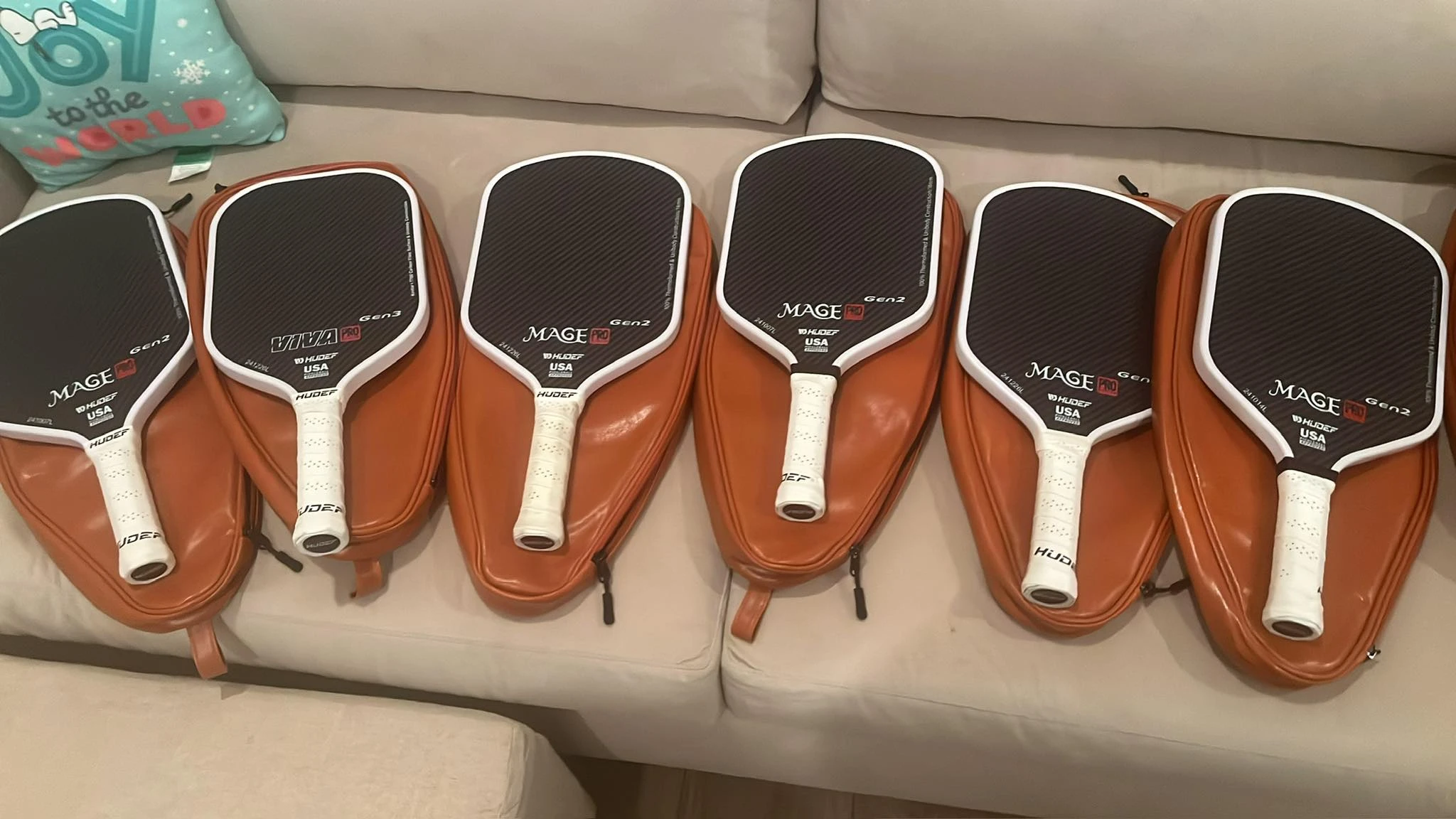
Tip: Softer balls are great for indoor pickleball. They last longer and do not scratch gym floors.
Bounce and Control
Bounce and control are very important for indoor pickleball. Softer balls with big holes bounce lower and move slower. This helps you keep the rally going and practice your skills. You get more time to hit the ball and aim your shots. Beginners find these balls easier to use. Players who like to plan their shots also like these balls. Try a few brands to see which one you like best.
-
Bigger holes (about 26) let air through and slow the ball.
-
Lighter balls are easy to move and control.
Note: Indoor pickleball balls help you work on where you hit the ball and your skills, not just hitting hard.
Visibility and Color
It is important to see the ball well when you play indoors. Bright colors like yellow and green are easy to spot on most courts and under lights. These colors help you follow the ball fast and hit it better. Some people use orange or red balls if they have trouble seeing yellow or green. Pick a color that stands out on your court and works with the lights in your gym.
-
Yellow and green are easiest to see for indoor games.
-
Neon or hi-vis green is easy for most people to see.
-
Red and orange are good for players who have trouble seeing.
Picking the right color makes indoor pickleball easier and more fun.
Buying Guide Checklist:
-
Pick balls with big holes (about 26) for better control.
-
Use bright colors so you can see the ball easily.
-
Check for USAPA approval if you want to play official games.
-
Think about price and how long the ball will last.
Keep your pickleball balls in a cool, dry place. Use a mesh bag or box to keep new and old balls apart. This keeps you organized and helps your balls last longer for every practice.
Improve Your Game: Practice Tips
Ball Care and Storage
You can make your pickleball balls last longer with good care. Always keep your training tools in a cool, dry spot. Do not leave them in the sun because sunlight can hurt the plastic and make it crack. Use mesh bags or boxes with holes so air can get in. This keeps your pickleball balls safe from water and dirt when you carry them. Make sure the balls are dry before you put them away. If you live where it is humid, put desiccant packets in your storage box. Wash your balls with gentle soap and water after each practice to get rid of dirt. Check your balls often for cracks, flat spots, or if they bounce weird. Throw away any balls that lose their shape or do not bounce right. Keep new balls and used balls in different places. This helps you have good training every time.
Tip: Taking care of your pickleball balls helps them stay ready for every practice and training session.
Drills for Indoor Practice
You can use special drills to get better at pickleball and build strong skills. Try these top pickleball training tools and drills to help you practice alone or with a partner:
|
Drill Name |
Purpose/Goal |
How It Helps Beginners with Control and Accuracy |
|---|---|---|
|
Three, Five, Seven Drill |
Build consistency, control, and accuracy transitioning from baseline to NVZ |
Trains accurate, purposeful shots from different court zones; improves footwork, shot selection, and patience; low speed balls aid control |
|
Alternating Drops & Drives |
Improve footwork, shot variety, and control switching between forehand/backhand drops and drives |
Encourages precise foot positioning and shot discipline; repetition with slower balls enhances muscle memory and accuracy |
|
Pattern Dinking with Target Zones |
Improve accuracy, control, and consistency with straight and crosscourt dinks |
Develops muscle memory for precise dink placement; low speed balls allow focus on soft hands and shot discipline |
Wall dinks and volley reaction drills are great if you want to practice by yourself. These drills help you get better at controlling the ball and reacting fast. Dinking duels and rally control drills with a partner help you play longer and try more shots. Use these training tools often to see yourself get better each time you practice. Work on control, accuracy, and doing things the same way to improve your game every time you play.
You get the best indoor practice when you choose balls made for control and quiet play. Softer plastic gives you better precision and less noise. Clean and store your balls well to keep them lasting longer. Try different indoor pickleball balls and share what works best for your game.
FAQ
What makes a pickleball ball “low speed” for indoor play?
You get a low speed ball when it uses softer plastic and larger holes. This design slows the ball and gives you better control on indoor courts.
How do you keep indoor pickleball balls from wearing out quickly?
Store your balls in a cool, dry place. Clean them after use. Rotate between new and used balls to extend their lifespan.
Which color pickleball ball is easiest to see indoors?
Bright yellow or neon green balls stand out best on most indoor courts. These colors help you track the ball quickly during fast rallies.















